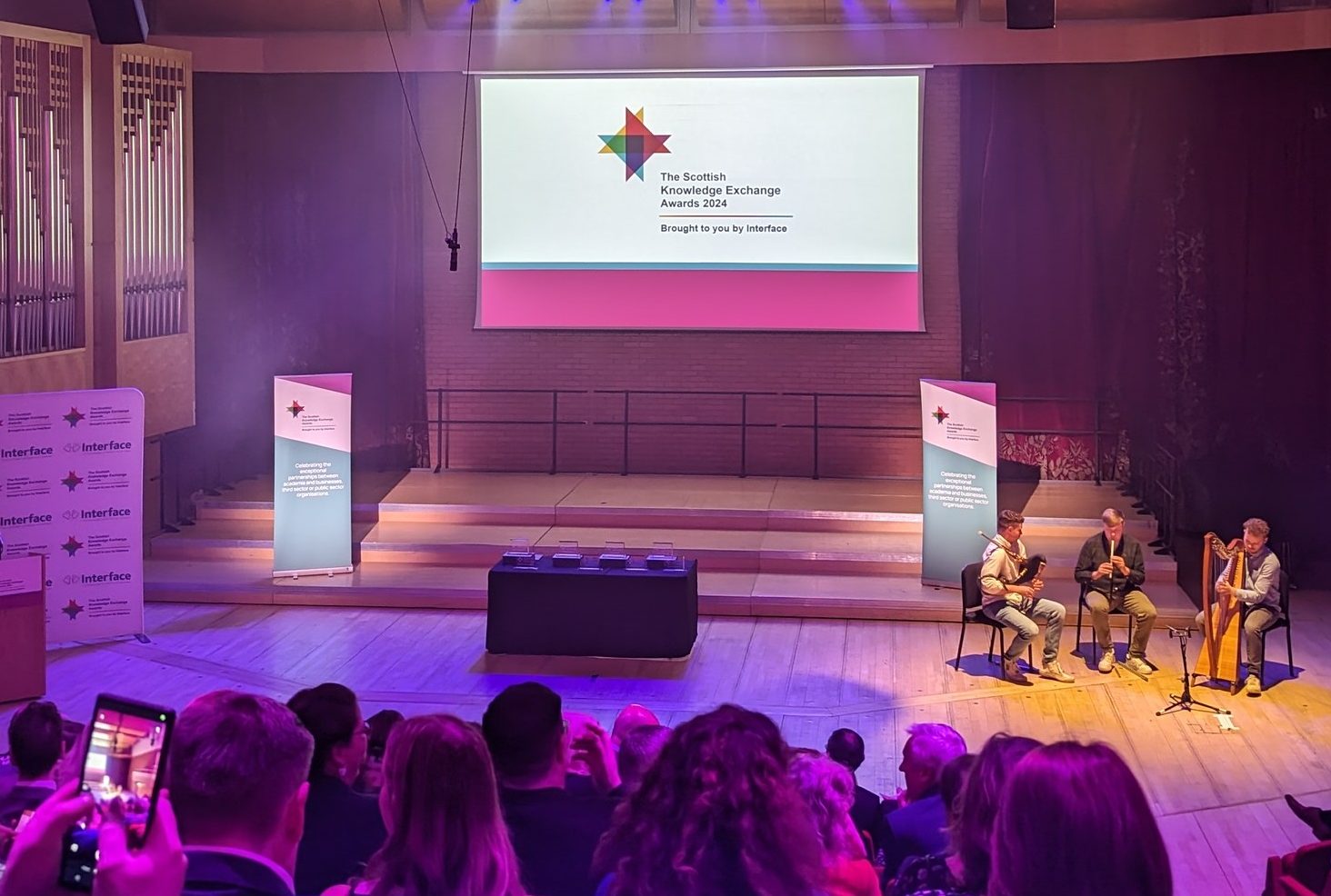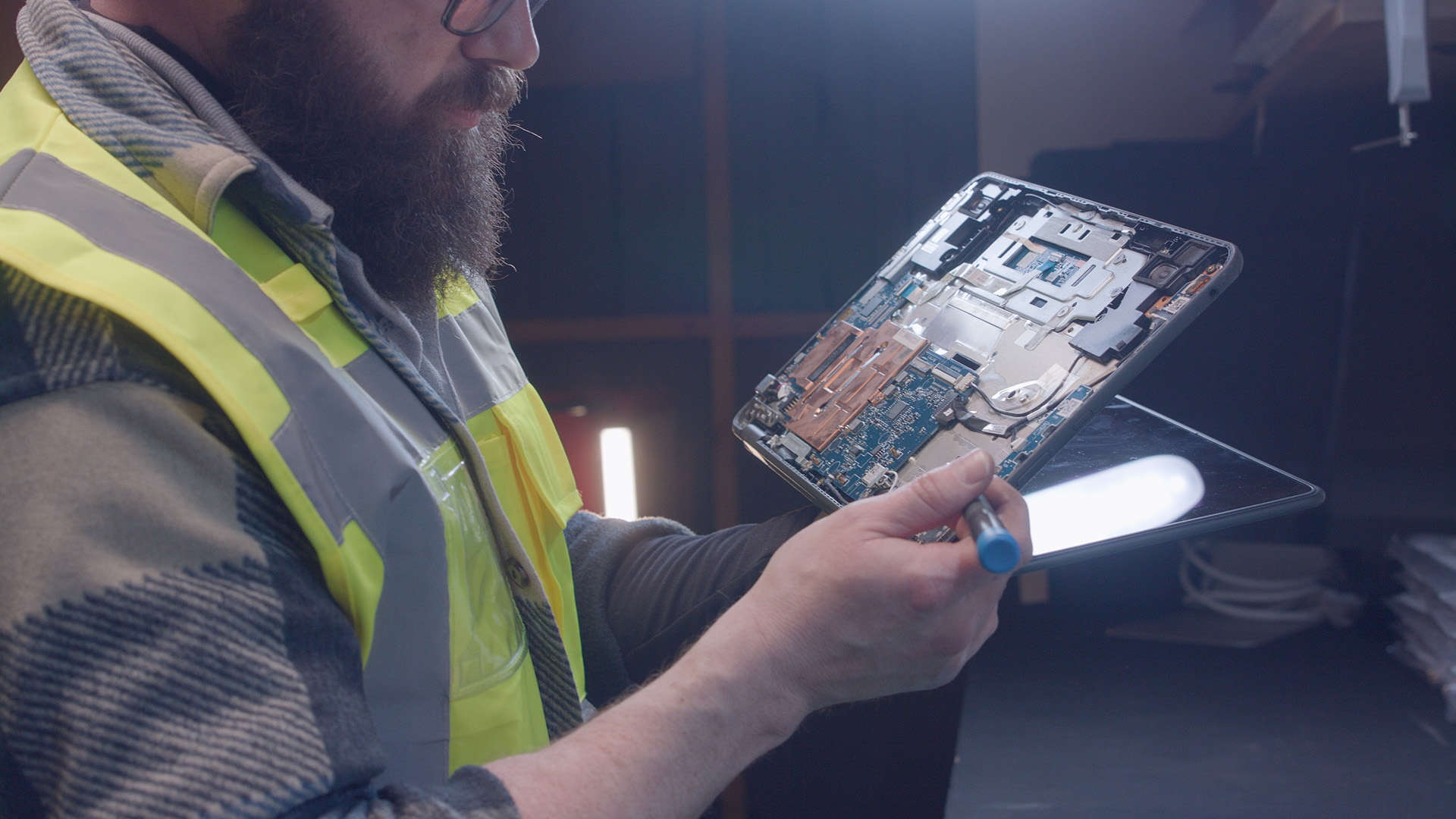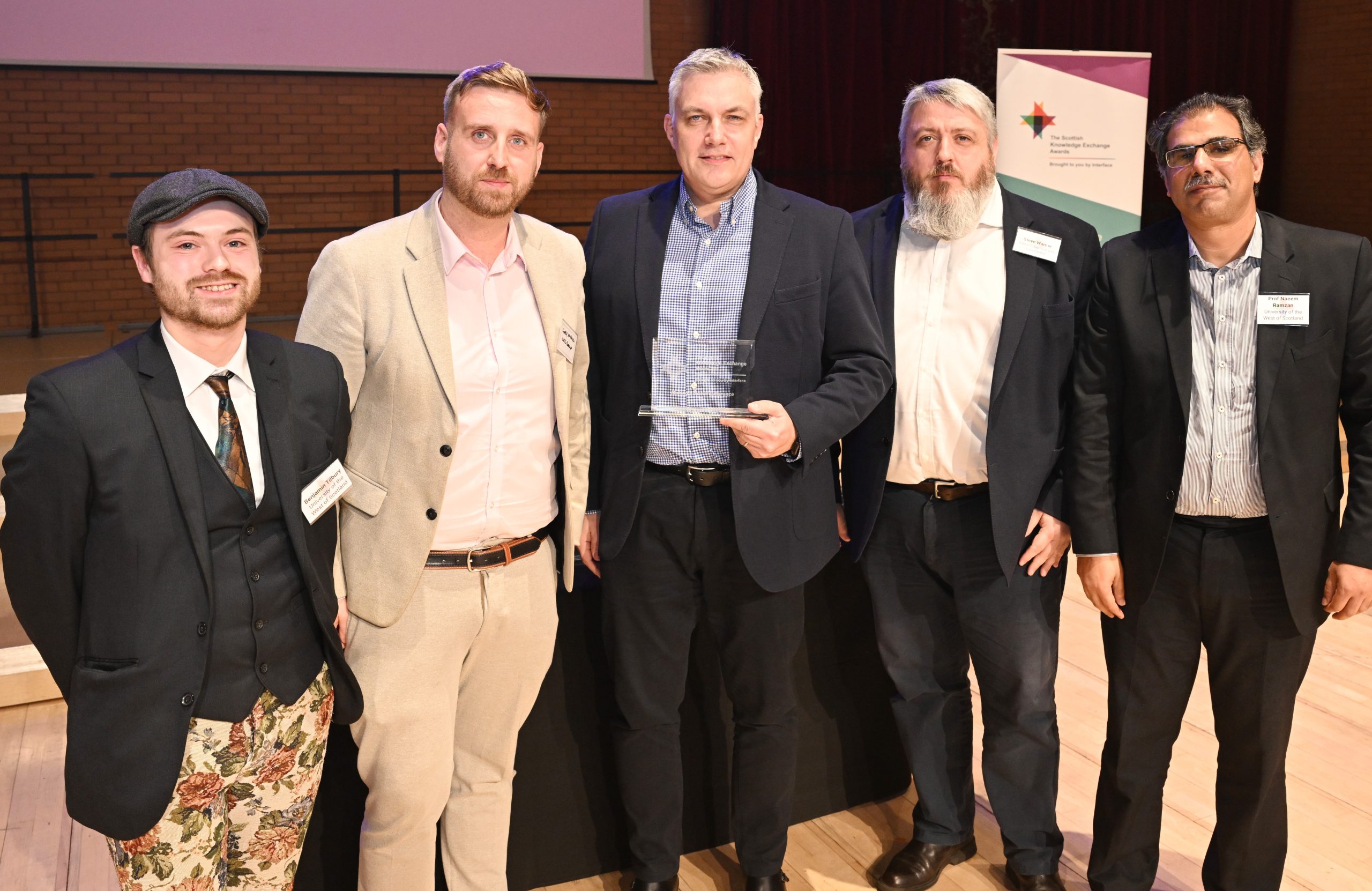Blog
Ideas and inspiration from business collaborations

This month’s blog with an academic who has worked in partnership with business is by Dr Claire Seaman, Reader in Enterprise & Family Business at Queen Margaret University.
What inspired you to become an academic?
My masters research was collaborative, looking at the ways in which beef is produced and the impact of the production system on food quality – a debate that is still going on to this day, I might add! The research was collaborative between two universities and indeed farms run by families. Later, working with SMEs in the food industry, the family dimension became both important and very apparent and inspired both my research and knowledge exchange work with family businesses across Scotland. The idea that expertise from different academic disciplines and the business world could be combined to address real world challenges was something that interested me a great deal and prompted my decision to join a business school where multi-disciplinary activity is very much part of the regular job.
What benefits do collaborations with businesses bring to the university?
For the academics, collaborations give us an opportunity to engage regularly with organisations, apply our research and try out new ideas. Hopefully, the benefits to business of those new ideas are substantial. QMU has particular experience in supporting SMEs and has had great success in helping them develop marketing strategies which can enable them find new routes to the global market place development, as well as the development of new products and services. This process is not only highly rewarding for academic staff, it helps ensures that academic commercial knowledge and thinking is current and up-to-date. This is critically important for a university, as it allows commercial knowledge to be fed back to our students via teaching, thereby ensuring our students are equipped with the latest ideas and intelligence.
What do you think is the hardest thing for a business when it comes to collaborating with academia?
Keeping the timescales and expectations of both parties in the same ballpark. Individuals vary, of course, but the timescales in business are often far shorter than those of universities and that is where the structure organisations such as Interface provide is very helpful. The initial meetings between the commercial organisations and the university are therefore extremely important, so that both parties have clarity on what is required and what can be delivered. In Queen Margaret University’s case, it often turns out that the business gets much more out of the project that they initially expected. Once we get involved with a commercial organisation, we tend to nurture that relationship, providing further networking opportunities with our other business connections and new development prospects.
What do you think that other countries could learn from the way universities and businesses collaborate in Scotland?
Interface offers a point by which academics and businesses can ‘find’ each other and that I think is a model that could be more widely applied. Universities tend to be large organisations and it can be very difficult for a business to identify an academic who has the expertise and – crucially – is happy working in a collaborative environment. Also, many of the projects we discuss are at a relatively ‘formative’ stage when we first meet with the business and the opportunity to shape the direction of the project is very useful. 4. What gets you up on a Monday morning? Coffee
When you were younger, what did you want to be when you grew up?
I always say I haven’t decided yet. When I grow up, perhaps I will know, but for now I am just enjoying research.
If you could change the world, what would you do first?
After World peace? If we could use the knowledge and skills we have for the greater good we could solve a lot of problems.



